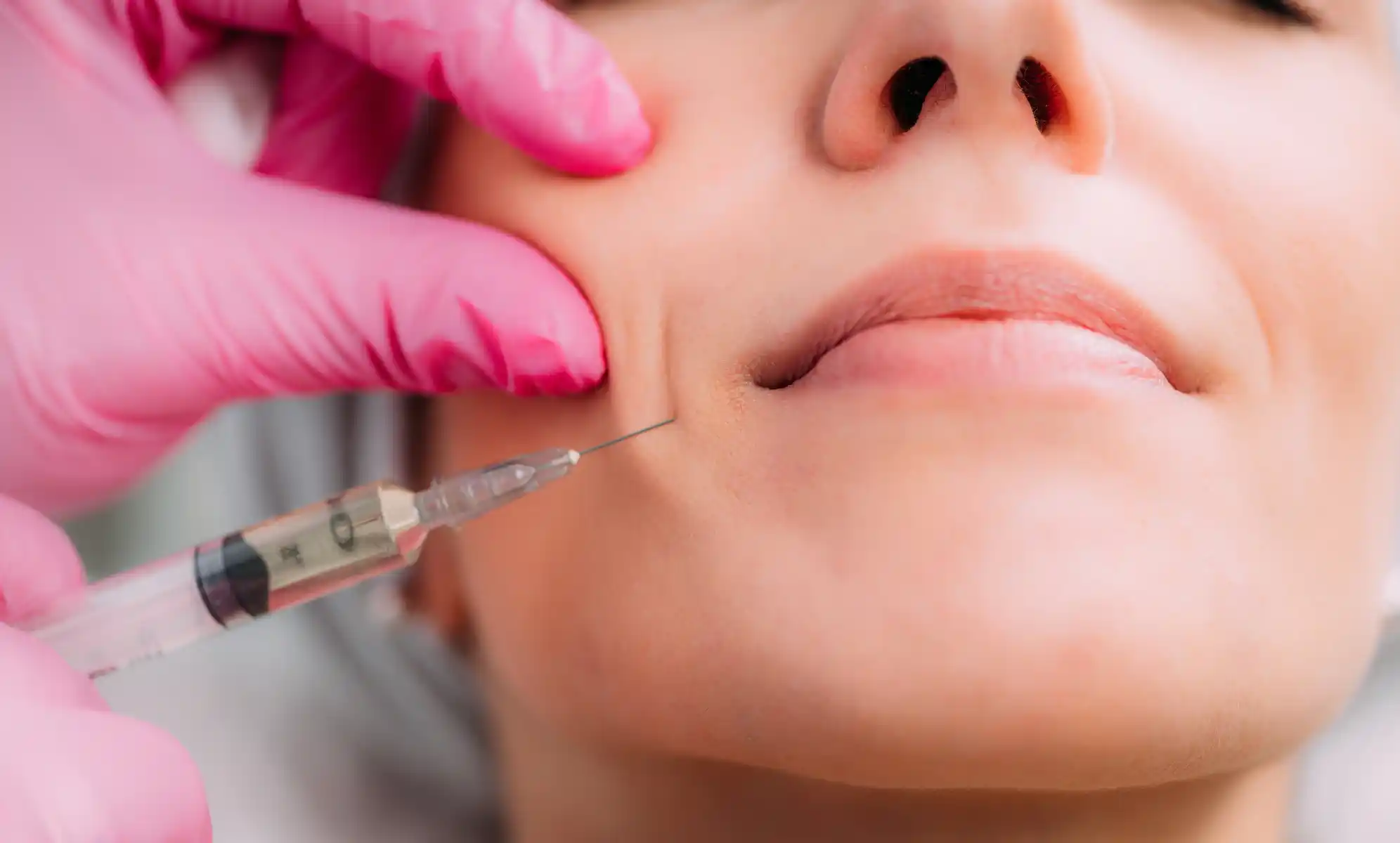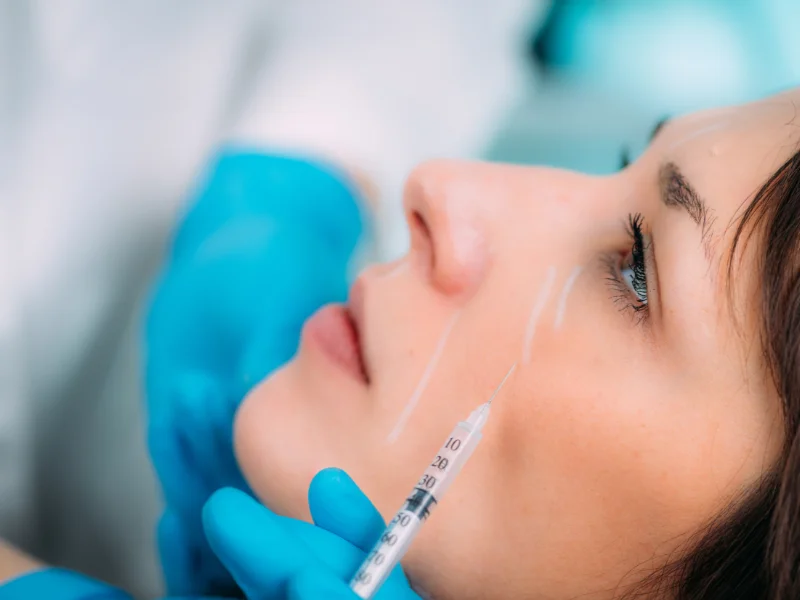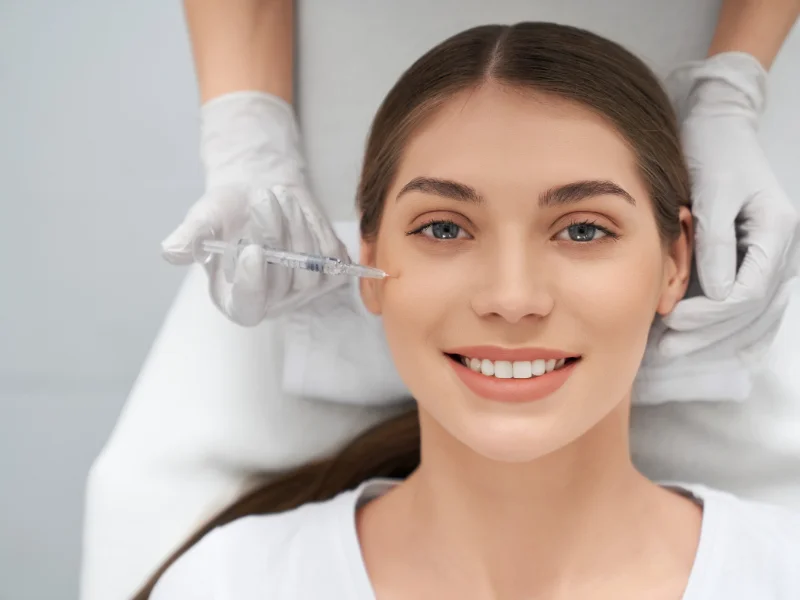
Facial fillers can last months to over a year depending on the type and area treated. Discover the right option to maintain your youthful look!
Facial fillers have quickly become a popular choice for those looking to refresh their appearance without undergoing surgery. These non-invasive treatments help restore lost volume, smooth out wrinkles, and refresh your skin—giving you a youthful glow. Many people love them for the quick results and minimal downtime they offer.
When it comes to facial fillers, the primary goal is to address common signs of aging, such as fine lines, wrinkles, and sagging. By injecting a substance like hyaluronic acid, fillers restore volume in areas like your cheeks, lips, and under-eye region. It’s a fast and effective way to turn back the clock on your skin without the need for recovery time.
But how long do facial fillers last? The reality is, various elements play a role in determining this. The type of filler used, the area treated, and your individual skin type all play a role in how long your results will stick around. To give you a better idea of what to expect, we’ll break down these factors.
Created to enhance volume and reduce wrinkles, facial fillers are treatments that don’t require surgery. These procedures refresh the face, providing a youthful appearance without the need for surgery. The best part? They offer quick results with minimal downtime.
There are several types of fillers in face, with hyaluronic acid and collagen-based fillers being the most common. Hyaluronic acid is a naturally occurring substance in the skin, known for its ability to attract moisture and restore plumpness. Collagen-based fillers help rebuild skin structure, providing a firmer and more defined look.
Dermal fillers restore volume and smooth wrinkles, enhancing facial features for a refreshed look. The frequency of treatments and your desired results determine how long the effects last, offering a customized solution to maximize your skin's potential.

The area treated plays a big role in how long facial fillers last. Faster breakdown occurs in areas that move often, like the lips. The cheeks and jawline, however, retain fillers for a longer period compared to other areas.
Different fillers last different amounts of time. Hyaluronic acid fillers last 6 to 12 months, while thicker fillers can last up to two years, especially in less mobile areas. Dermal fillers duration depends on the product used.
Habits like smoking and sun exposure can shorten filler lifespan. The breakdown of fillers speeds up due to skin aging caused by sun exposure and collagen damage from smoking.
Age, skin type, and metabolism also influence filler duration. Younger, healthier skin generally holds fillers longer than older skin with slower metabolism.
A skilled professional will guide you on the expected longevity based on your needs. Your healthcare and skin maintenance also impact filler duration.

Hyaluronic acid, collagen, and calcium-based fillers are the most common options. Hyaluronic acid is the most popular, offering moisture and volume restoration. It typically lasts 6 to 12 months. Collagen-based fillers, though effective, tend to last around 3 to 6 months. Calcium-based fillers, like Radiesse, last longer, up to 18 months.
For longer-lasting results, permanent facial fillers can last years or even permanently. However, they come with higher risks and require careful planning. Longest lasting facial dermal fillers offer durable results, but it’s important to choose the right one for your needs.
Long lasting fillers are more effective in areas like the cheeks and jawline, where movement is minimal. Compared to the lips, which are constantly moving, areas like the cheeks retain fillers for a much longer time.


Fillers in the lips typically last around 6 months. Due to the constant movement of the muscles, the fillers tend to break down faster than in other areas.
Typically, results from fillers in the cheeks and jawline last between 12 to 18 months, offering a more long-lasting effect. These areas don’t move as frequently, allowing the fillers to stay intact longer.
Fillers in the under-eye area last between 6 to 12 months. Since there’s minimal movement in this region, the results tend to be more durable compared to the lips.
For liquid rhinoplasty, dermal fillers typically last 6 to 12 months. This non-surgical nose reshaping technique provides temporary results that can last up to a year.
Fillers in the chin area generally last 12 to 18 months, offering enhanced definition and balance to the facial structure.
Treating marionette lines around the mouth with fillers offers results that last 6 to 12 months.
Dermal fillers' long term effects are most noticeable in areas with minimal movement. These areas hold results longer and typically require fewer touch-ups.
Drinking plenty of water keeps your skin healthy and helps extend the effects of your dermal fillers, maintaining skin elasticity and ensuring a youthful filler face.
Use gentle, hydrating products that nourish your skin. Avoid harsh treatments that could irritate treated areas, helping to maintain smooth results.
Excessive sun exposure can break down fillers quickly. Always apply sunscreen to treated areas to prevent premature aging and maintain filler results longer.
Proper dermal fillers recovery time is essential. Following aftercare instructions carefully reduces swelling and bruising, allowing the fillers to settle correctly.
Avoid smoking, manage stress, and keep a balanced diet to promote skin health. This overall care can enhance the longevity of your fillers, benefiting both the patient and the results.

It’s common to experience swelling, bruising, or discomfort in the treated areas after getting dermal fillers. These symptoms usually last a few days, but they can vary depending on the treatment area and filler type.
The body will naturally react to the filler as it settles under the skin. Swelling and bruising typically subside within 1 to 2 weeks, and the results start to become more visible as the area heals.
To speed up recovery and minimize downtime, avoid strenuous exercise, hot showers, or touching the treated areas for the first 24 to 48 hours. Apply ice packs to reduce swelling and avoid lying down immediately after treatment.
Following aftercare instructions is crucial for faster healing. If you experience significant pain or other concerns, contact your provider for advice.

No, facial fillers are not permanent. They usually last between 6 to 18 months, depending on the type and area treated.
Fillers last longer than Botox. While dermal fillers can remain effective for 6 months to 2 years, Botox usually lasts between 3 and 6 months.
Factors such as the type of filler, treatment area, skin type, lifestyle (sun exposure, smoking), and metabolism affect the duration of facial fillers.
Thicker fillers can last up to 18 months, while hyaluronic acid fillers typically provide results for 6 to 12 months.
Staying hydrated, using sunscreen, and following aftercare instructions can help extend the life of dermal fillers.


In conclusion, the longevity of dermal fillers depends on several factors, including the type of filler, treatment area, and individual skin characteristics. Areas with less movement tend to retain fillers longer, while areas like the lips may require more frequent touch-ups.
How long your results last is also heavily influenced by the filler you decide to use. For example, hyaluronic acid fillers typically last 6 to 12 months, while long lasting fillers can last up to two years or more.
For the best facial fillers, consult a professional for a personalized treatment plan. If you’re in Redondo Beach, visit Spade Skin Care, experts in Dermal Fillers Redondo Beach, to maximize your results and maintain a youthful appearance.
© 2025 Spade Skincare & More | All rights reserved.